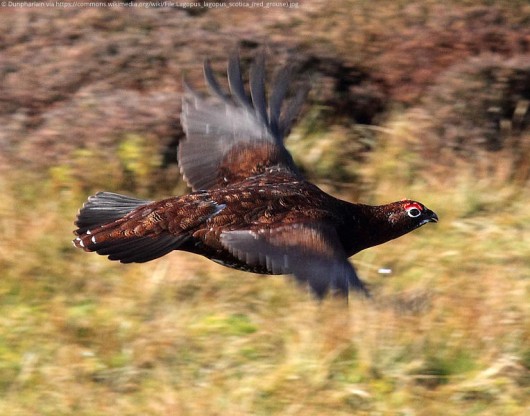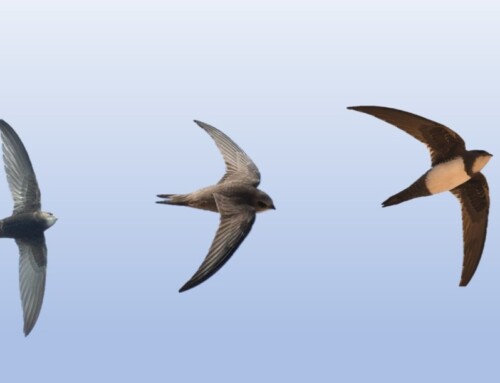LINKED PAPER
Environmental impacts of high-output driven shooting of Red Grouse Lagopus lagopus scotica. Patrick S. Thompson, David J. T. Douglas, David G. Hoccom, Jeff Knott, Staffan Roos and Jeremy D. Wilson. 2016. Ibis: DOI: 10.1111/ibi.12356. View full paper (free)
In an paper published in IBIS last week, the RSPB’s Patrick Thompson and colleagues assess environmental impacts of driven grouse management and consider current regulation and policy in the context of the objective of securing legal and environmentally sustainable outcomes.
Recreational hunting of game birds and mammals is globally widespread. Habitat and predator management is sometimes undertaken to increase game abundance and hunting bags. This can have environmental benefits such as creation and maintenance of wildlife-rich habitat, but may conflict with delivering other ecosystem services and public benefits from the same landscapes. For these reasons, regulations to ensure responsible management and monitoring of game populations are widely recommended.
In their IBIS paper, the authors consider the management for recreational shooting of Red Grouse Lagopus lagopus scotica, a subspecies of Willow Ptarmigan Lagopus lagopus that is endemic to submontane heathlands in the United Kingdom. The non-lekking, monogamous, highly territorial Willow Ptarmigan has a circumpolar distribution typically occurring at low breeding densities (0.1−10 pairs per km2) across northern Europe, northern Eurasia and North America. However, in the UK intensive habitat management, predator control and medication are used to secure exceptionally high (150−500 birds per km2) post-breeding densities of Red Grouse, which are then driven (flushed) over static lines of shooters. This high-input, high-output management is practised in a regulatory environment in which landowners set their own bag limits and establish the management to deliver these, with the state only regulating quarry species, hunting season and permitted hunting methods…
Continue reading (full paper – free to view)
Follow RSPB Science on Twitter @RSPBScience
Image credit
Featured image: Red Grouse © Dunpharlain via Wikimedia Commons
Blog posts express the views of the individual author(s) and not those of the BOU.
If you want to write about your research in #theBOUblog, then please see here.





